When you think of baby food, rice cereal, applesauce, and pumpkin puree usually come to mind. But babies also need protein. Protein is essential for growth and development and affects all major bodily functions. Luckily, breast milk and formula contain this important nutrient, but once your baby starts eating solid foods, you can supplement with more protein foods.
The American Academy of Pediatrics (AAP) recommends starting to add solid foods that include iron and zinc, such as meat baby food, at around 6 months. According to the USDA’s Dietary Guidelines for Americans, infants between the ages of 6 and 11 months should consume 11 grams of protein per day from breast milk/formula and solid foods.
So, introduce this fitness nutrient from meat, poultry, or other plant-based sources right away. Read on for some protein-rich snacks and foods that you can incorporate into your meal once your baby is ready. (Of course, make sure you get permission from your healthcare provider first!)
Beans and Lentils
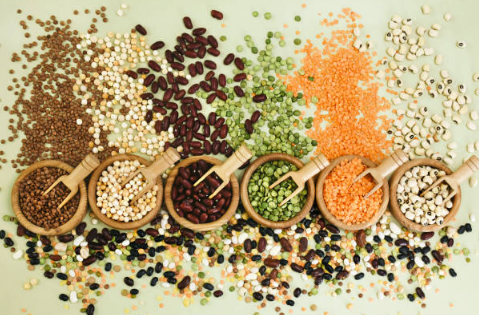
Beans and lentils are a great source of plant protein, fiber, and B vitamins, making them easy to eat. That’s it:
- Choose canned varieties that are low or non-sodium.
- Drain the beans or lentils and rinse.
- Mash the beans or lentils with a fork or in a food processor until smooth.
- It can be diluted with a little breast milk, formula or water if needed.
You can also mix beans and lentils with pureed fruit or vegetables – just make sure the mixture has been tested and tolerated by your baby. Older babies can try using cooked soft beans as finger food. Gently crush them and place some on the highchair tray and let them feed on their own.
Beef

Rich in iron, zinc, and protein, beef is an excellent first food for babies. One of the easiest ways to introduce beef is to add ground beef. To prepare, try the following:
- Cook on the stovetop until completely browned.
- Puree by adding some liquid, such as water, breast milk, or formula, to a food processor.
- Eat it directly or mix it with pureed vegetables such as sweet potatoes, cauliflower, or broccoli.
Chicken and Turkey
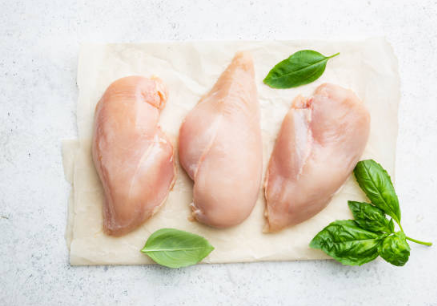
In addition to being a good source of protein, poultry also contains B vitamins and essential minerals like zinc and iron. There are many ways to provide poultry for babies. Here are some ideas:
- Cut the tender turkey meatballs into small pieces for finger food.
- Tear soft, grilled, or slow-cooked chicken into small pieces.
- Puree cooked poultry and serve with applesauce or pear sauce.
Tofu
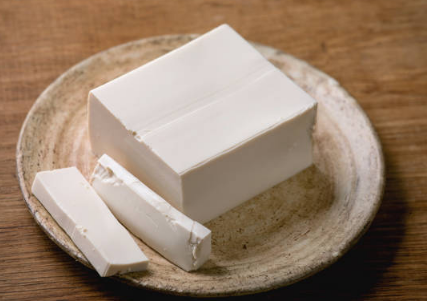
In addition to plant-based proteins, tofu also contains fiber and healthy fats. Tofu is convenient and inexpensive, making it a smart addition to a baby’s diet, whether your family is vegetarian or not. Try mixing silk tofu with puree for sweets, or roasting tofu triangles until firm for finger food.
Fish
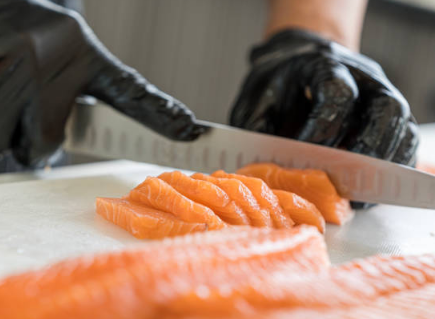
Fish is very healthy for babies and is rich in omega-3 fatty acids and proteins that promote brain development. To prepare fish for a baby, you can simply cook it and puree it so that it can be spooned and mixed, or it can be cooked and sliced for soft finger food.
When choosing fish for your child, stay away from fish that are high in mercury and choose species such as salmon, cod, trout, mackerel, and sea bass.
Peanut Butter
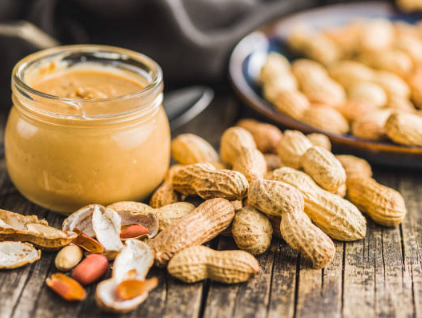
Peanut butter is a good source of protein, vitamins, and minerals. Pediatricians recommend giving babies peanut products early and often to prevent peanut allergies. To serve, try slathering a little peanut butter on the toast sticks or stirring some peanut butter into a puree.
While peanuts and other nutbutters can be an important addition to your baby’s diet, never give your baby nut butter whole or in a spoon, as both are choking hazards.
Yoghurt
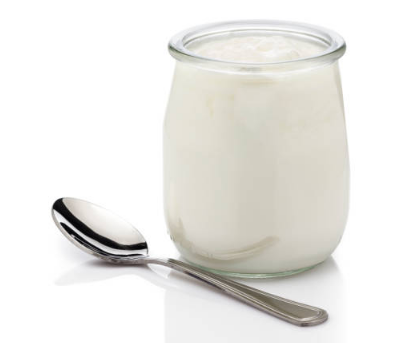
In addition to being a high-quality protein food for babies, yogurt is also a good source of calcium and vitamin D. While babies should not drink cow’s milk until they are at least one year old, it is perfectly okay to introduce dairy products such as yogurt.
Consider Greek yogurt, which contains more protein and has a thick texture that sticks easily to a spoon. Experts recommend buying plain varieties with no added sugar, but to keep things interesting, you can always stir some fruit purees or even veggies for a creamy flavor.
